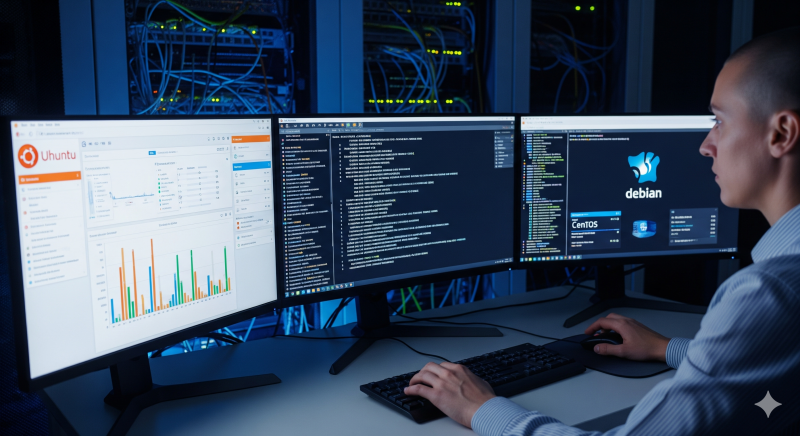
Introduction to Linux Administration
Linux administration involves managing servers, networks, and services efficiently. It is crucial for system reliability, security, and performance.
Key Responsibilities of a Linux Administrator
- Installing and configuring Linux servers
- Managing user accounts and permissions
- Monitoring system performance and logs
- Applying security patches and updates
- Backup and disaster recovery management
Essential Linux Tools
System administrators rely on command-line tools, scripts, and monitoring software to ensure smooth operation:
- SSH for secure remote access
- cron for task scheduling
- top, htop, and ps for monitoring processes
- iptables and ufw for firewall management
- logrotate and journalctl for log management
Security Best Practices
- Regularly update packages and kernels
- Enforce strong passwords and multi-factor authentication
- Limit user privileges to minimize risks
- Configure firewalls and security policies
- Monitor for suspicious activity and breaches
Performance Optimization
Ensure servers run efficiently by monitoring CPU, memory, disk usage, and network performance. Optimize services and remove unnecessary applications.
Tips for Efficient Administration:
- Automate repetitive tasks with scripts
- Document system configurations and procedures
- Regularly test backups and recovery processes
Pro tip: Mastering command-line tools and shell scripting dramatically improves your Linux administration efficiency.
Conclusion
Linux administration is vital for managing secure, reliable, and high-performance servers. Following best practices and keeping up with the latest tools ensures system stability and security.










